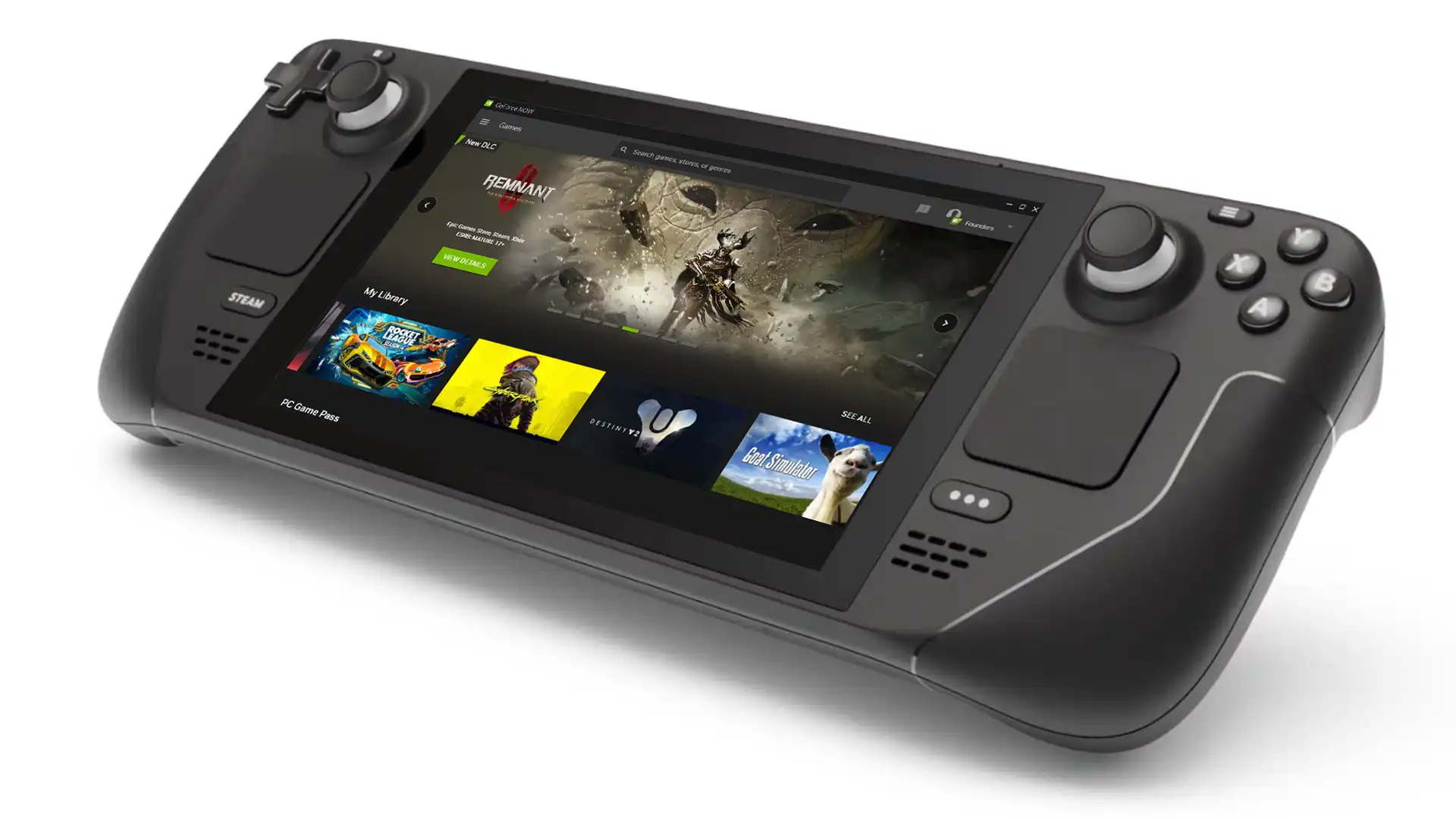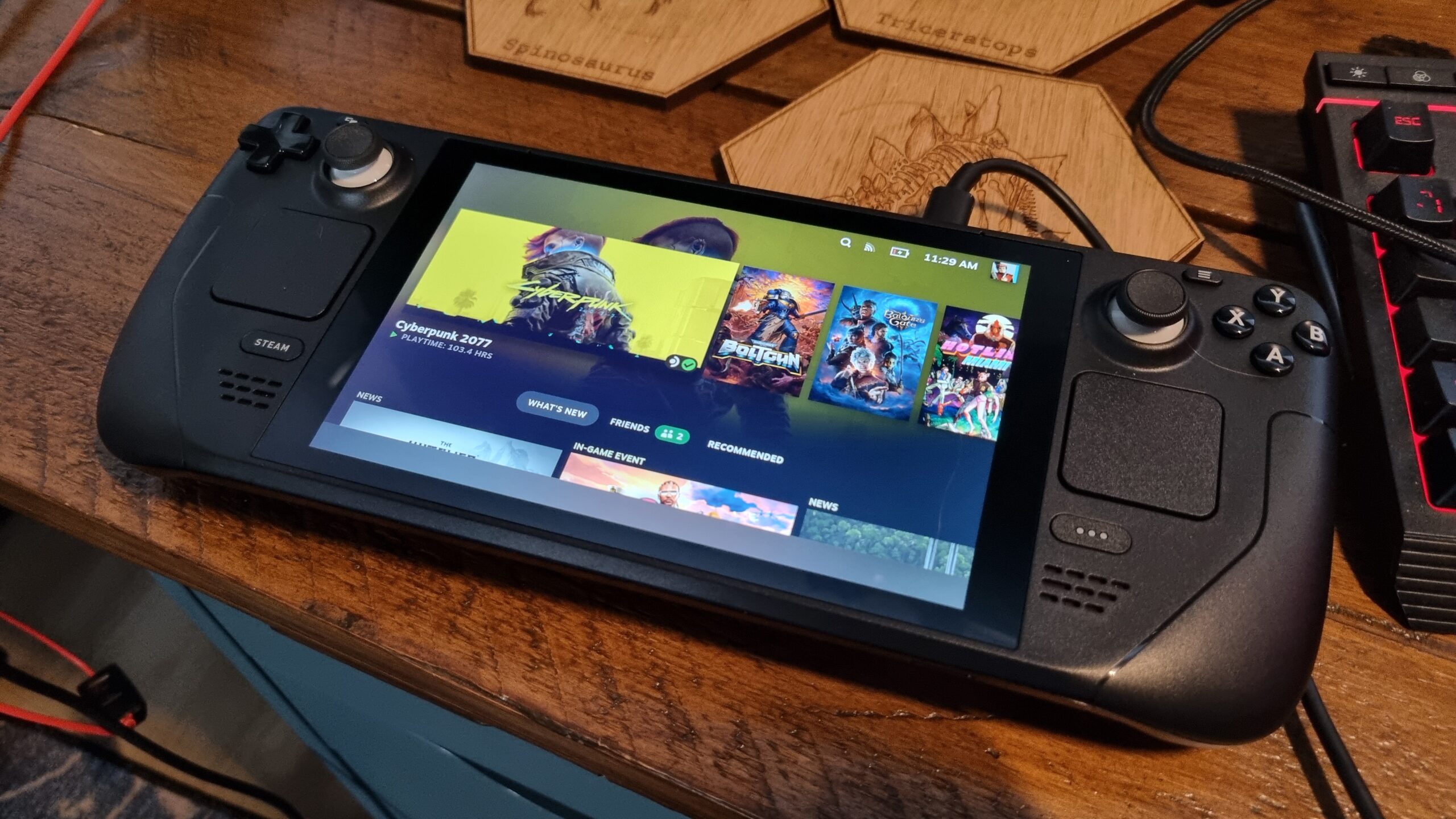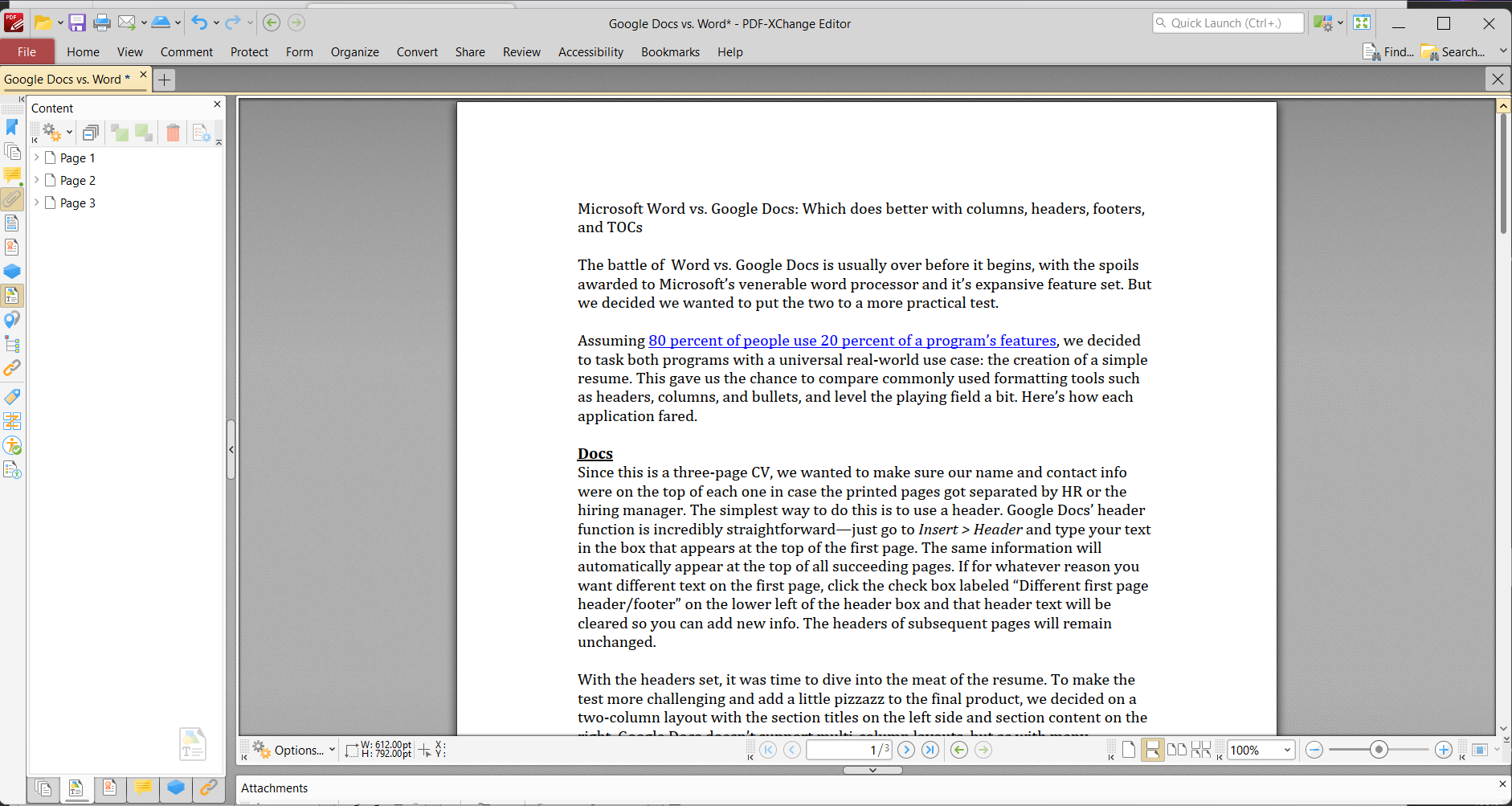It’s still no “Year of the Linux Desktop,” but the open-source OS keeps climbing as it’s boosted by the Steam Deck’s popularity.
The Year of the Linux Desktop has become something of a sad meme in recent years, but the truth is that Linux as an alternative to Windows and macOS has never been more popular — both in terms of total users and relative market share of operating systems.
A recent analysis shows dips in Windows, macOS, and ChromeOS while Linux steadily climbs upward. See for yourself in StatCounter’s regular update on desktop market share with numbers for July 2024.
Note: Here, “desktop” includes laptops, all-in-ones, mini devices like the Raspberry Pi that are using a Linux-derived OS, etc. Basically anything that runs a conventional windowed operating system. Also, StatCounter separates ChromeOS as its own platform, even though it’s technically based on the Linux kernel.
Linux has been on a slow-but-steady rise for years, but as of July, it’s at 4.44 percent of the worldwide desktop market. If it keeps this pace up, it could break through five percent in early 2025.
As Tom’s Hardware notes, there’s a small but definite bump in Linux users since the Steam Deck became a breakout hit for the gaming market in 2022. The Steam Deck isn’t up front about its Linux roots, but Valve does use Linux as a base for its SteamOS software, the same as it did for the original console-style Steam Machines.
Windows remains the de facto standard for PC gaming, but SteamOS is gaining users at a rapid pace according to Valve’s own surveys — and Valve isn’t resting on its laurels, either. Recent interviews and release notes indicate that the company is working on builds of SteamOS for other gaming handhelds, specifically the Asus ROG Ally.
It’s also worth pointing out that more conventional desktop and laptop users aren’t exactly thrilled with Windows as of late. Microsoft’s increasing push to get Windows 10 users onto Windows 11, plus more and more intrusive advertising, plus bloating the OS with “AI” features, plus pokes to upgrade to subscription services isn’t winning any fans.
And that’s not to mention all the users around the world using mobile platforms as their primary means of accessing the internet, or the “touchscreen generation” who are growing up without any interest in conventional PCs at all.
It’s easy to see why Linux is becoming a bigger part of the discussion as the relative prevalence of PCs declines for consumers, even while the total number of users continues to increase.




